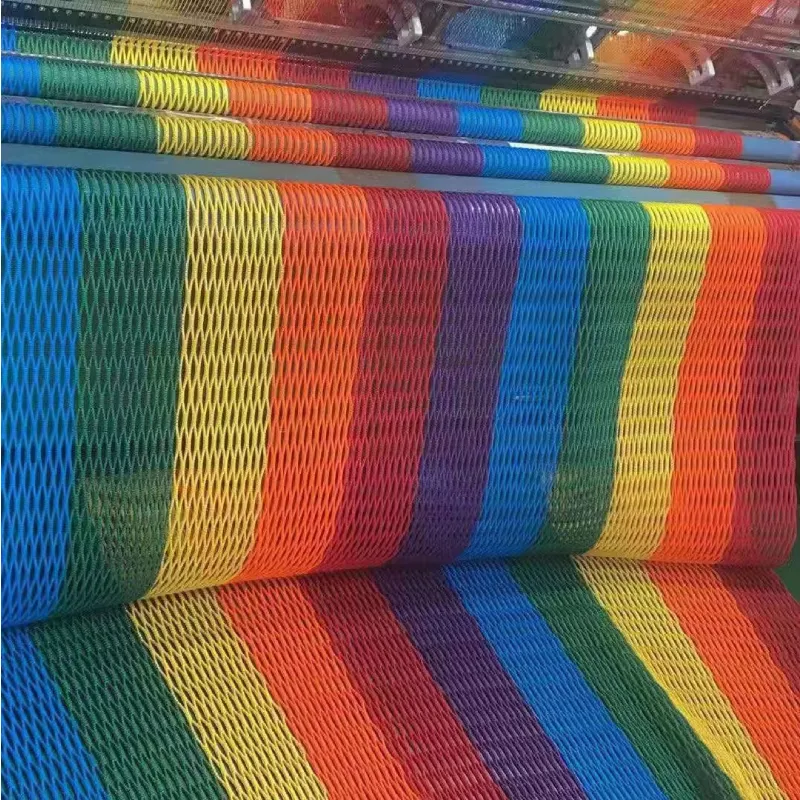-
 Afrikaans
Afrikaans -
 Albanian
Albanian -
 Amharic
Amharic -
 Arabic
Arabic -
 Armenian
Armenian -
 Azerbaijani
Azerbaijani -
 Basque
Basque -
 Belarusian
Belarusian -
 Bengali
Bengali -
 Bosnian
Bosnian -
 Bulgarian
Bulgarian -
 Catalan
Catalan -
 Cebuano
Cebuano -
 China
China -
 Corsican
Corsican -
 Croatian
Croatian -
 Czech
Czech -
 Danish
Danish -
 Dutch
Dutch -
 English
English -
 Esperanto
Esperanto -
 Estonian
Estonian -
 Finnish
Finnish -
 French
French -
 Frisian
Frisian -
 Galician
Galician -
 Georgian
Georgian -
 German
German -
 Greek
Greek -
 Gujarati
Gujarati -
 Haitian Creole
Haitian Creole -
 hausa
hausa -
 hawaiian
hawaiian -
 Hebrew
Hebrew -
 Hindi
Hindi -
 Miao
Miao -
 Hungarian
Hungarian -
 Icelandic
Icelandic -
 igbo
igbo -
 Indonesian
Indonesian -
 irish
irish -
 Italian
Italian -
 Japanese
Japanese -
 Javanese
Javanese -
 Kannada
Kannada -
 kazakh
kazakh -
 Khmer
Khmer -
 Rwandese
Rwandese -
 Korean
Korean -
 Kurdish
Kurdish -
 Kyrgyz
Kyrgyz -
 Lao
Lao -
 Latin
Latin -
 Latvian
Latvian -
 Lithuanian
Lithuanian -
 Luxembourgish
Luxembourgish -
 Macedonian
Macedonian -
 Malgashi
Malgashi -
 Malay
Malay -
 Malayalam
Malayalam -
 Maltese
Maltese -
 Maori
Maori -
 Marathi
Marathi -
 Mongolian
Mongolian -
 Myanmar
Myanmar -
 Nepali
Nepali -
 Norwegian
Norwegian -
 Norwegian
Norwegian -
 Occitan
Occitan -
 Pashto
Pashto -
 Persian
Persian -
 Polish
Polish -
 Portuguese
Portuguese -
 Punjabi
Punjabi -
 Romanian
Romanian -
 Russian
Russian -
 Samoan
Samoan -
 Scottish Gaelic
Scottish Gaelic -
 Serbian
Serbian -
 Sesotho
Sesotho -
 Shona
Shona -
 Sindhi
Sindhi -
 Sinhala
Sinhala -
 Slovak
Slovak -
 Slovenian
Slovenian -
 Somali
Somali -
 Spanish
Spanish -
 Sundanese
Sundanese -
 Swahili
Swahili -
 Swedish
Swedish -
 Tagalog
Tagalog -
 Tajik
Tajik -
 Tamil
Tamil -
 Tatar
Tatar -
 Telugu
Telugu -
 Thai
Thai -
 Turkish
Turkish -
 Turkmen
Turkmen -
 Ukrainian
Ukrainian -
 Urdu
Urdu -
 Uighur
Uighur -
 Uzbek
Uzbek -
 Vietnamese
Vietnamese -
 Welsh
Welsh -
 Bantu
Bantu -
 Yiddish
Yiddish -
 Yoruba
Yoruba -
 Zulu
Zulu
Exploring the Benefits of Hawk Netting for Effective Wildlife Management and Protection
Hawk Netting A Sustainable Approach to Avian Protection
Hawk netting, a term that may evoke images of natural conservation strategies, is rapidly gaining traction among environmentalists, urban planners, and developers alike. This innovative approach serves as a dual-purpose mechanism it effectively protects avian species while promoting a sustainable interaction between wildlife and human development. In an age where urban expansion often encroaches on habitats, hawk netting offers a balanced solution to mitigate human-wildlife conflicts.
Understanding Hawk Netting
Hawk netting involves the installation of specialized mesh structures in areas where hawks and other birds may inhabit or frequent, especially in urbanized environments. The primary goal is to safeguard these birds from the dangers posed by urban infrastructure, such as glass buildings, power lines, and other potential hazards. The mesh is designed to allow birds to move freely while preventing them from accessing areas where their lives could be at risk.
This approach is grounded in a broader conservation strategy that recognizes the integral role birds of prey play in their ecosystems. Hawks, being top-of-the-food-chain predators, help regulate populations of smaller mammals and rodents, thus maintaining a balance in the ecosystem. By ensuring their safety, hawk netting contributes to the overall health of local environments.
The Importance of Sustainable Practices
In the past, urban development often came at the expense of local wildlife, resulting in dwindling bird populations and disrupted ecosystems. As society becomes more aware of the importance of sustainability, innovative solutions like hawk netting demonstrate how we can coexist with wildlife. By prioritizing the protection of avian species, we can also enhance the aesthetic value of urban environments. Birds not only beautify spaces but also contribute to biodiversity, which is essential for ecosystem resilience.
hawk netting

Moreover, hawk netting can serve as a practical solution for businesses and developers. Rather than facing backlash from wildlife advocates or dealing with potential legal implications associated with harming protected species, implementing hawk netting can signify corporate responsibility. It shows a commitment to protecting the local environment while ensuring that development continues.
Implementation and Best Practices
For effective implementation, several factors must be considered. First, the choice of materials is crucial. The netting should be made from durable, weather-resistant materials that can withstand the elements without causing harm to the birds. Visibility is another important aspect; the netting should be designed to minimize the risk of entrapment, ensuring that birds can see it and navigate around it safely.
Additionally, the installation process should be carried out with mindfulness to the surrounding habitat. Engaging with local ornithologists or wildlife experts can provide insights into the most effective placement of netting and identifying areas of high avian activity. This collaboration can lead to more effective outcomes in protecting hawks and other birds.
Conclusion
Hawk netting represents a forward-thinking approach to urban development that harmonizes the needs of wildlife and humanity. As cities continue to grow, the responsibility falls upon developers and planners to integrate eco-friendly practices that protect local ecosystems. By adopting hawk netting, we not only safeguard incredible avian species but also promote biodiversity and environmental health. As we seek to create sustainable urban environments, innovative solutions like hawk netting demonstrate that we can protect our wildlife while designing spaces that benefit both people and nature. Only through such responsible practices can we hope to foster a future where urban habitats coexist with flourishing ecosystems, ensuring that the songs of hawks continue to resonate in our towns and cities for generations to come.
-
Stainless Steel Mesh SolutionsNewsMay.06,2025
-
Protecting Your Farm with Smart SolutionsNewsMay.06,2025
-
Practical Mesh Solutions for Your Home and GardenNewsMay.06,2025
-
Nylon Mesh SolutionsNewsMay.06,2025
-
Fish Breeding Nets for AquariumsNewsMay.06,2025
-
Essential Mesh Solutions for ConstructionNewsMay.06,2025











